2018 Volkswagen Atlas 2.0T Quick Spin: Does It Really Need a V-6?

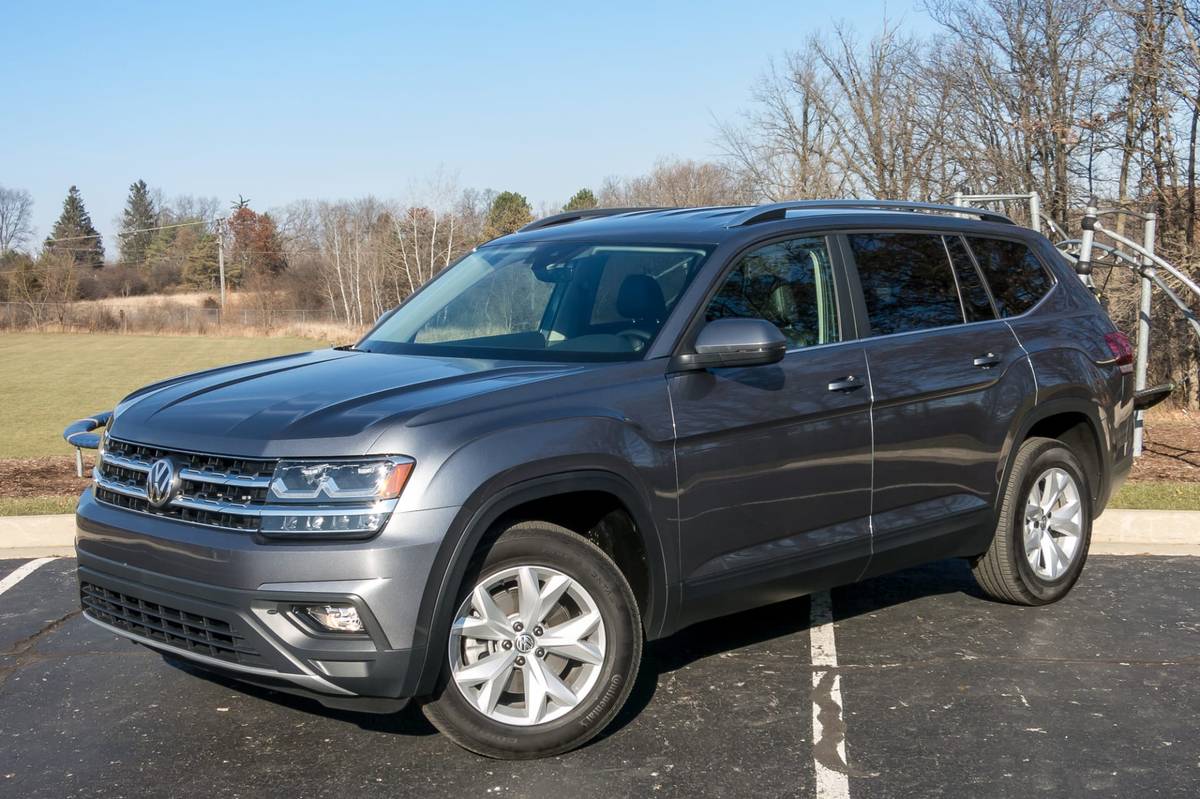
CARS.COM — While the 2018 Volkswagen Atlas is very much a vehicle designed for North America, VW itself is a global company — and has decided to stick a new turbocharged 2.0-liter four-cylinder under the hood of the biggest family hauler with third-row seating it’s ever sold in the U.S. In some overseas markets, it’s not unusual to find big family vehicles with teeny, tiny motors. It happens when fuel is expensive, but people still want to be able to haul their brood around town.
Related: 2018 Volkswagen Atlas Expert Review
This is the same 2.0-liter engine found in just about every single car in the Volkswagen/Audi brands, residing under the hoods of sports cars, family sedans and SUVs. In the U.S., it’s shared with the smaller Volkswagen Tiguan SUV — giving this four-cylinder Atlas SUV the unofficial nickname of “Biguan.” The turbo engine puts out 235 horsepower and 258 pounds-feet of torque, versus 276 hp and 266 pounds-feet of torque from the V-6. The 2.0T’s output is a little low on both compared with competitors. The 2.3-liter engine in the Ford Explorer puts out 280 hp and 310 pounds-feet of torque, while the upcoming turbo four-cylinder in the Chevrolet Traverse is rated at 255 hp and 295 pounds-feet, making this the least powerful turbocharged engine in a vehicle this size in its category. You can get less powerful non-turbo engines (an anemic 185-hp, 184-pounds-feet four-cylinder is available in the Toyota Highlander) in this class, but why would you?
- ${price_badge()}
- ${ami_badge()}
- ${battery_badge()}${ev_report_link()}
- ${hot_car_badge()}
- ${award_badge()}
- ${cpo_badge()}
${price_badge_description}
${ami_badge_description}
The EV Battery Rating is based on this vehicle's current expected range relative to the vehicles expected range when new. ${battery_badge_text}
This vehicle is certified pre-owned, backed by a manufacturer warranty, and typically undergoes a rigorous multi-point inspection to ensure quality and reliability.
This vehicle is currently in high demand given its competitive price, desirable features, and overall condition, and may have a higher chance of selling quickly.
Shop the 2018 Volkswagen Atlas near you


Despite the power and torque deficit versus its competitors, the 2.0T in the Volkswagen turns out to be a perfectly respectable choice. The little motor is mated up to an eight-speed automatic transmission and is only available with front-wheel drive. If you want all-wheel drive, you’ll have to upgrade to the V-6 model like the one we named our Best 3-Row SUV for 2017. But if you live in an environment where additional all-weather traction isn’t necessary, like the “smile” states across the South, this really is the only powertrain you’ll need unless you plan on towing with your Atlas and need the maximum 5,000-pound capacity achieved with the V-6.
I got behind the wheel and tested the turbo VW unloaded and loaded with six adults, and it handled the extra weight without any complaint. Surprisingly, acceleration is barely affected with a full load of people aboard, though the suspension does squat at a fairly pronounced angle when loaded. Braking performance isn’t too adversely affected either. The Atlas seems to be able to handle payload quite well.
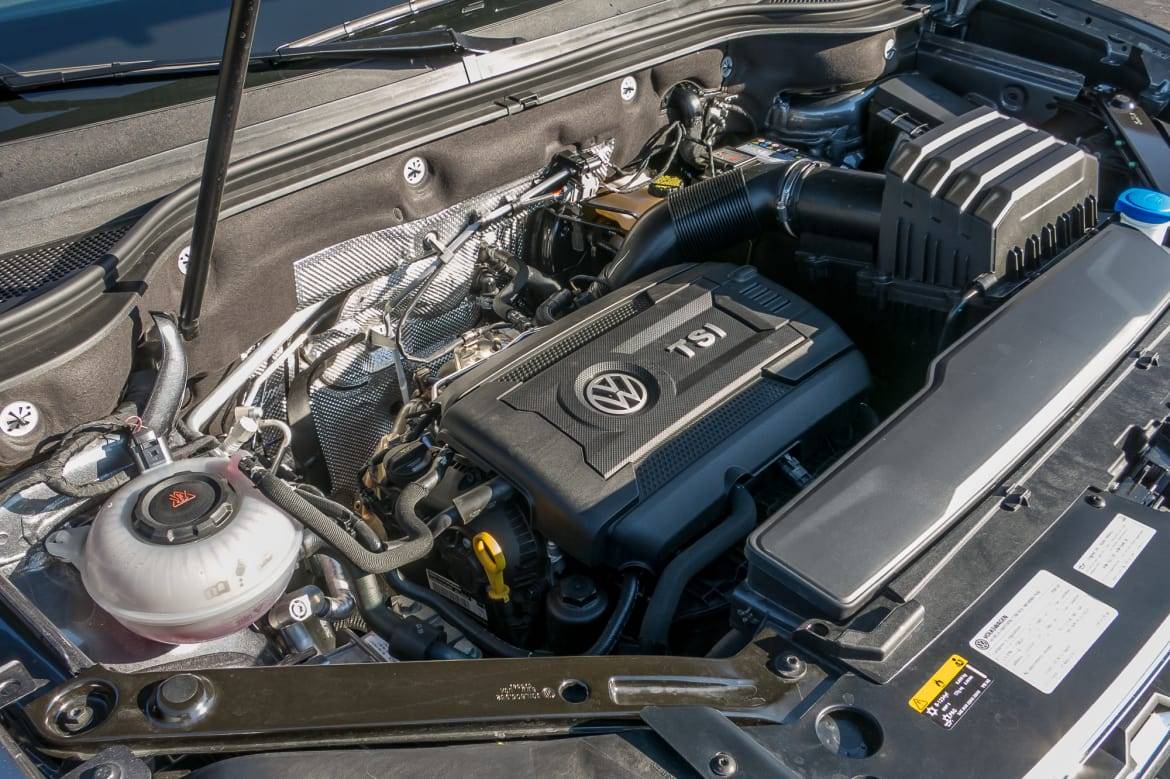
The benefit of the smaller powertrain also comes with fuel economy. The all-new four-cylinder Atlas is rated at 22/26/24 mpg city/highway/combined, which is a considerable jump over the V-6-powered front-wheel-drive model, rated at 18/25/20 mpg. My week of testing netted 25 mpg combined, which included a fair bit of highway driving. This is better than the Ford Explorer turbo, which is rated at 19/27/22 mpg, and even better than the anemic Toyota Highlander’s non-turbo four-cylinder, which comes in at 20/24/22 mpg. Credit that eight-speed automatic for its excellent efficiency.
The four-cylinder Atlas is also cheaper than the V-6 models. My test vehicle, an SE trim with the Technology Package, came in at $36,615, including a destination charge; it’s available in base S, SE and SEL trims, too. That’s an extremely reasonable price for such a big, capable SUV able to easily haul seven people in genuine comfort. For most of us, the V-6 just isn’t necessary, so why pay more? Because it might be hard to find a 2.0T considering the SE, SE with Technology package and SEL are order-only trim levels not stocked in large quantities at dealerships. Of the 10,700 total Atlas SUV’s in Cars.com’s national inventory, only 490 are the turbo four-cylinder (5 of which are the SE), and that’s unfortunate.
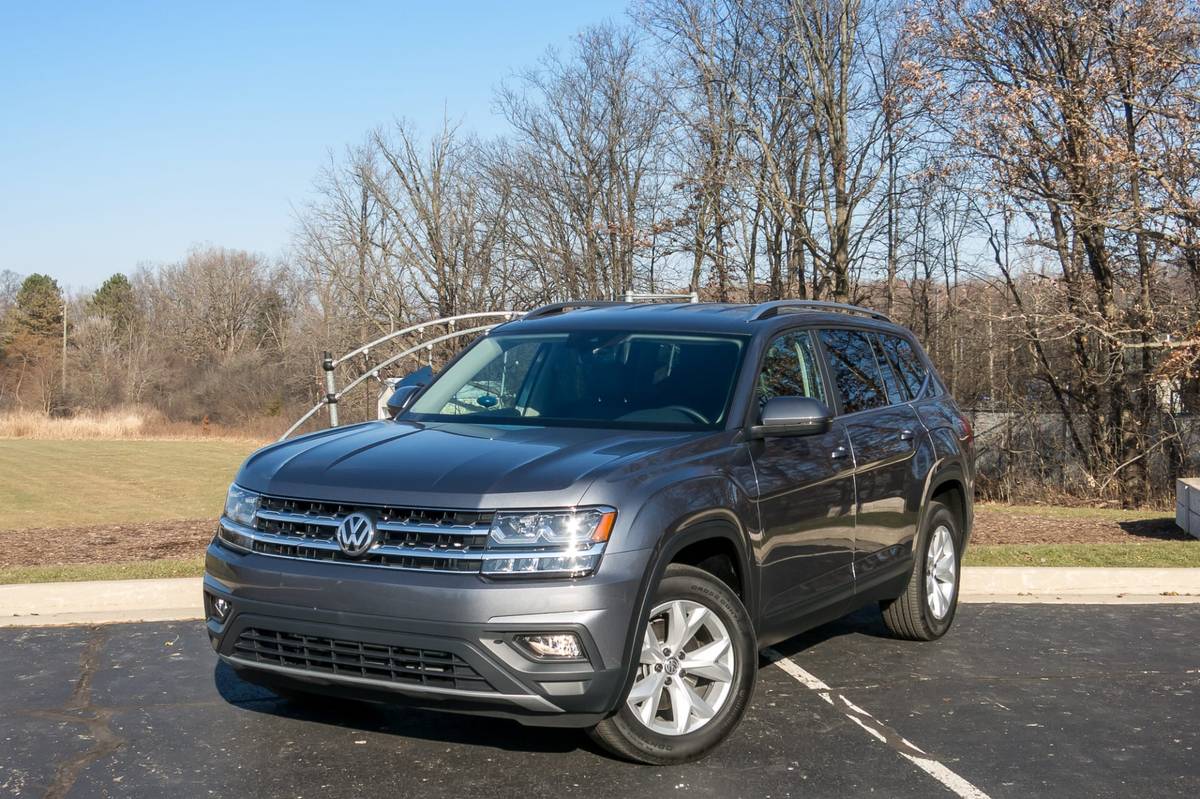

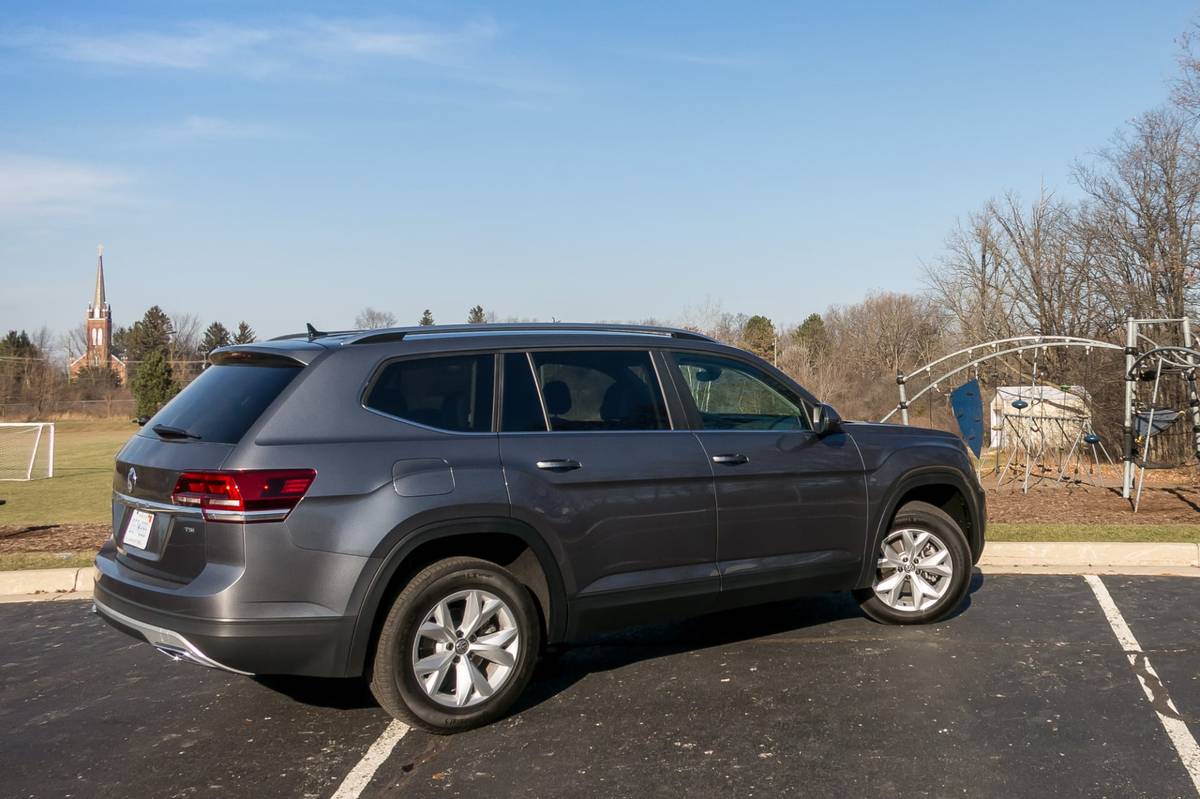
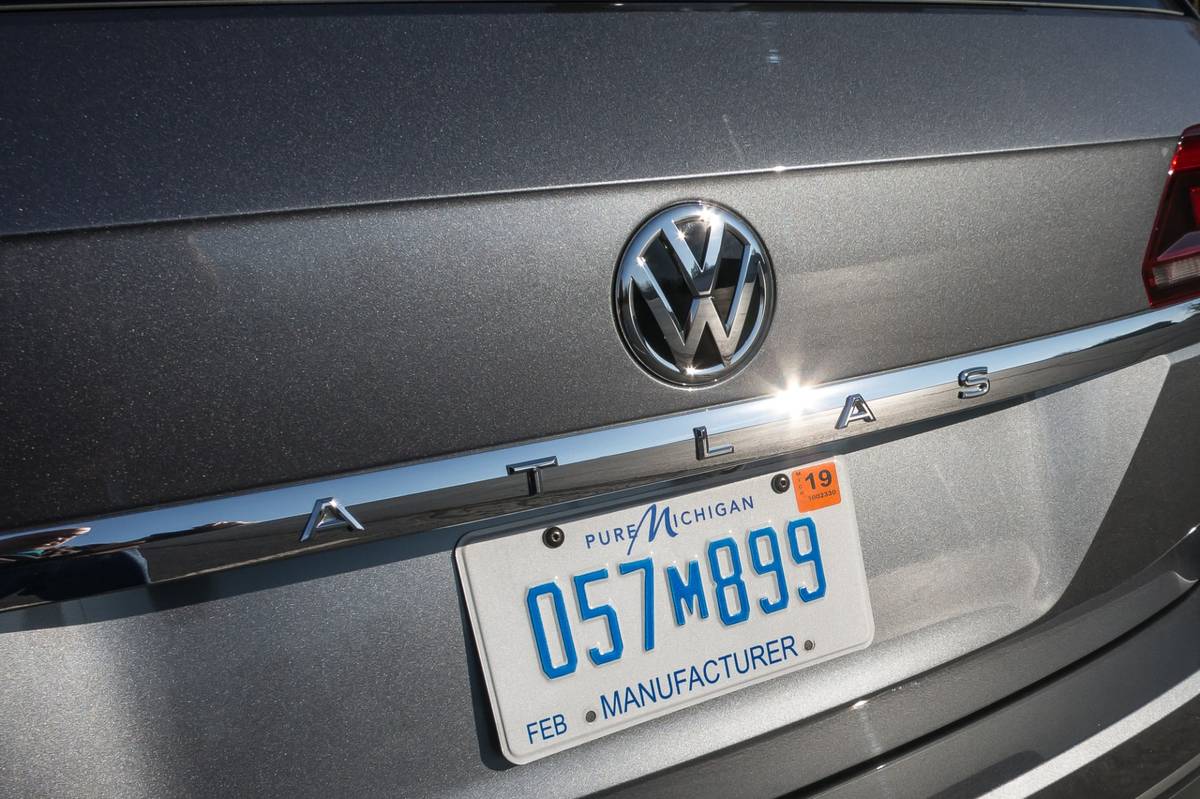
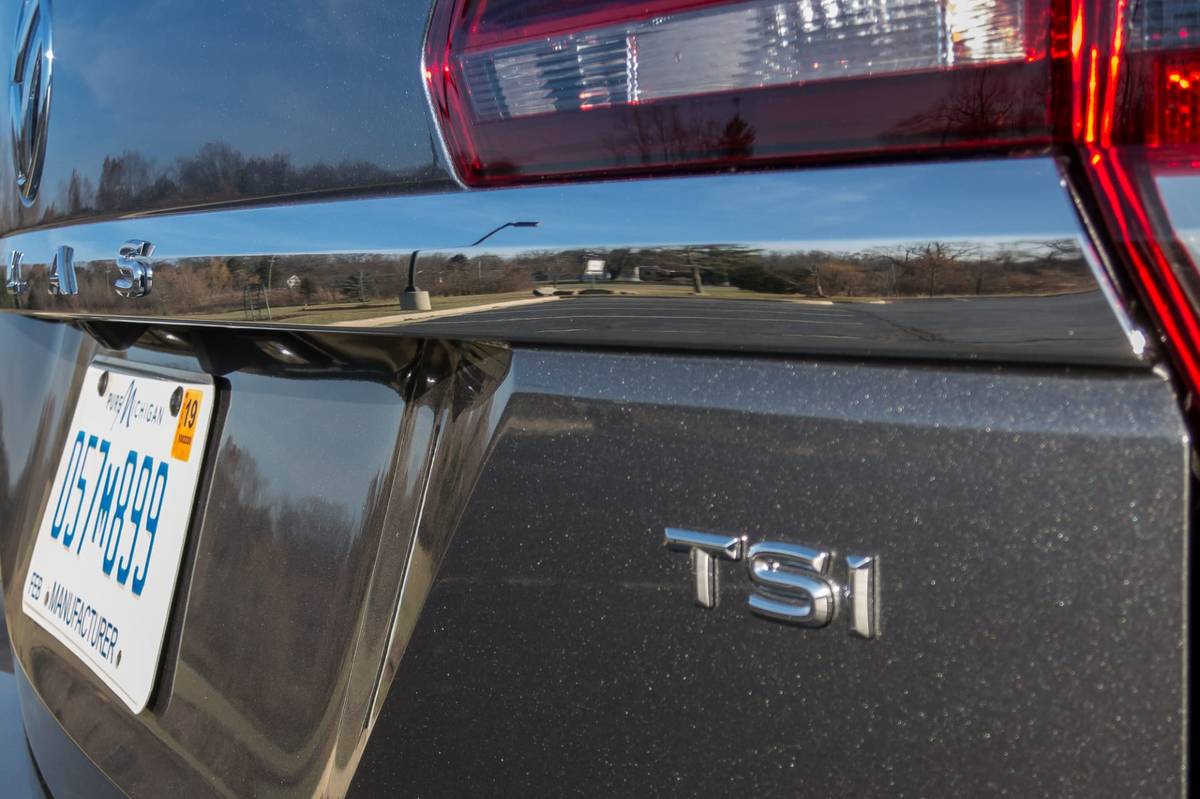
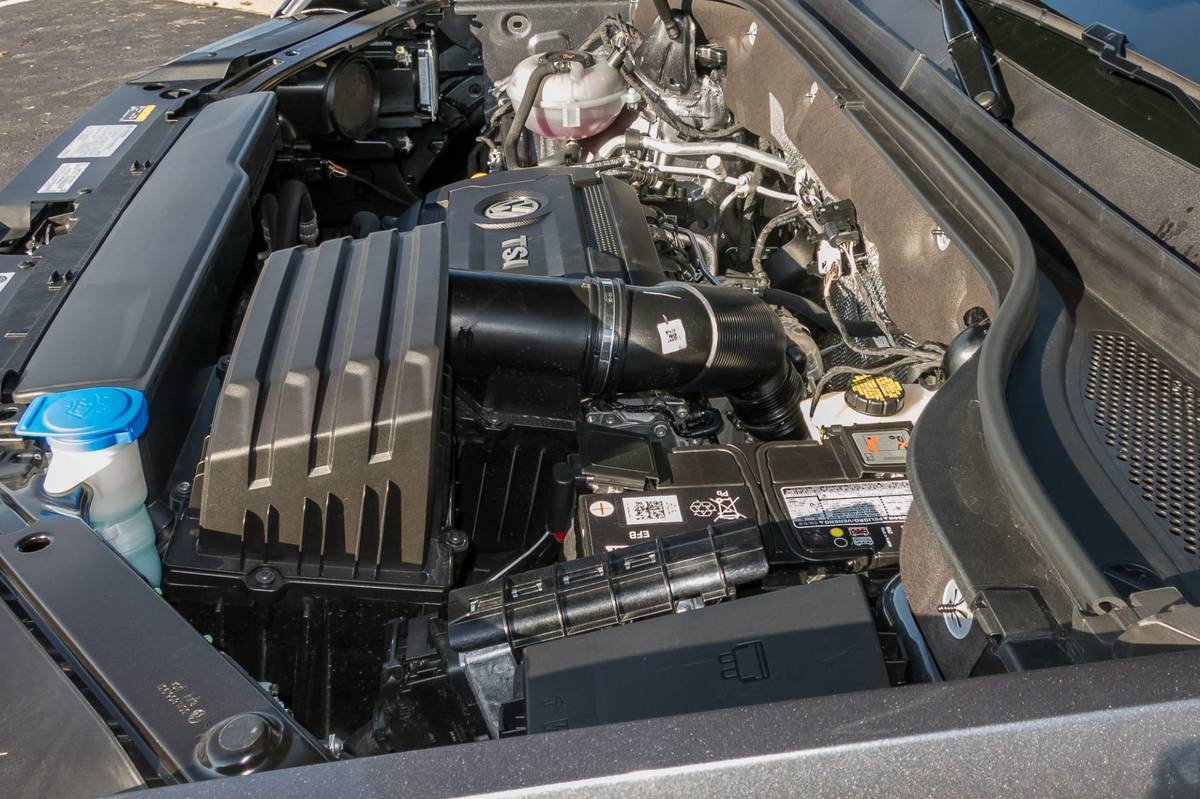
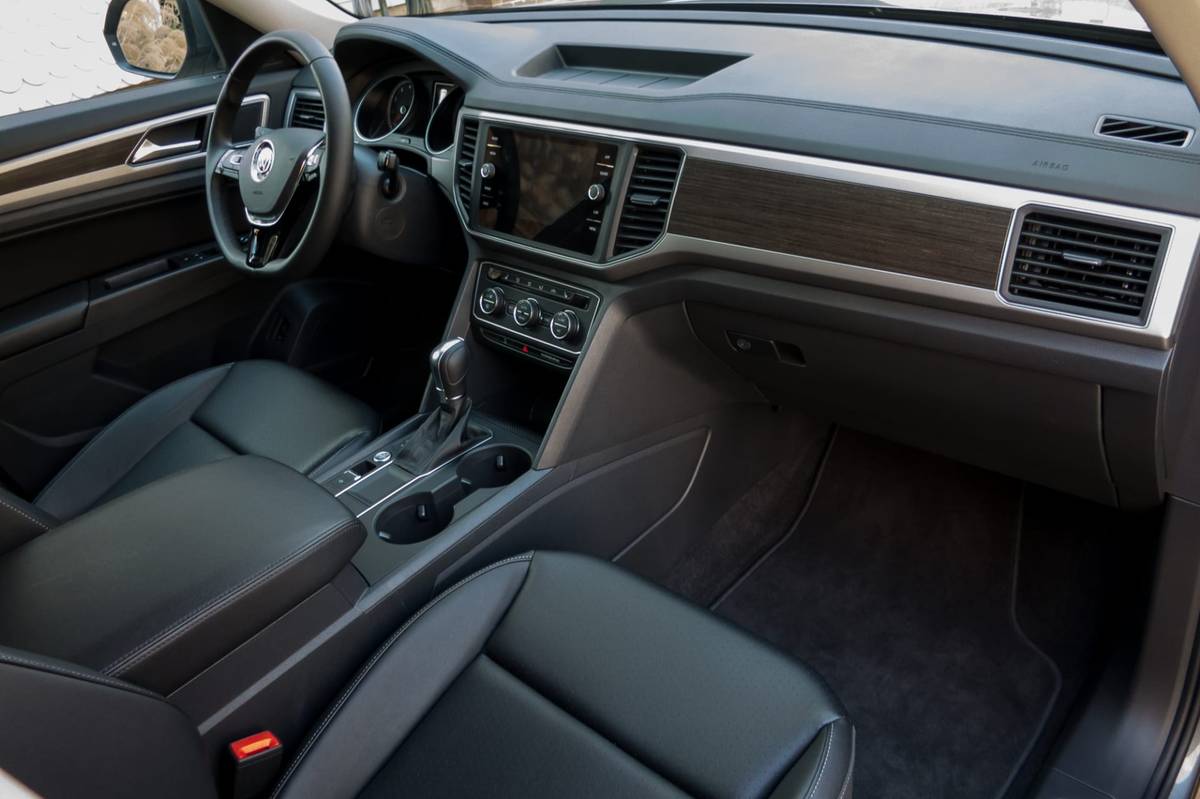











Cars.com’s Editorial department is your source for automotive news and reviews. In line with Cars.com’s long-standing ethics policy, editors and reviewers don’t accept gifts or free trips from automakers. The Editorial department is independent of Cars.com’s advertising, sales and sponsored content departments.

Detroit Bureau Chief Aaron Bragman has had over 25 years of experience in the auto industry as a journalist, analyst, purchasing agent and program manager. Bragman grew up around his father’s classic Triumph sports cars (which were all sold and gone when he turned 16, much to his frustration) and comes from a Detroit family where cars put food on tables as much as smiles on faces. Today, he’s a member of the Automotive Press Association and the Midwest Automotive Media Association. His pronouns are he/him, but his adjectives are fat/sassy.
Featured stories


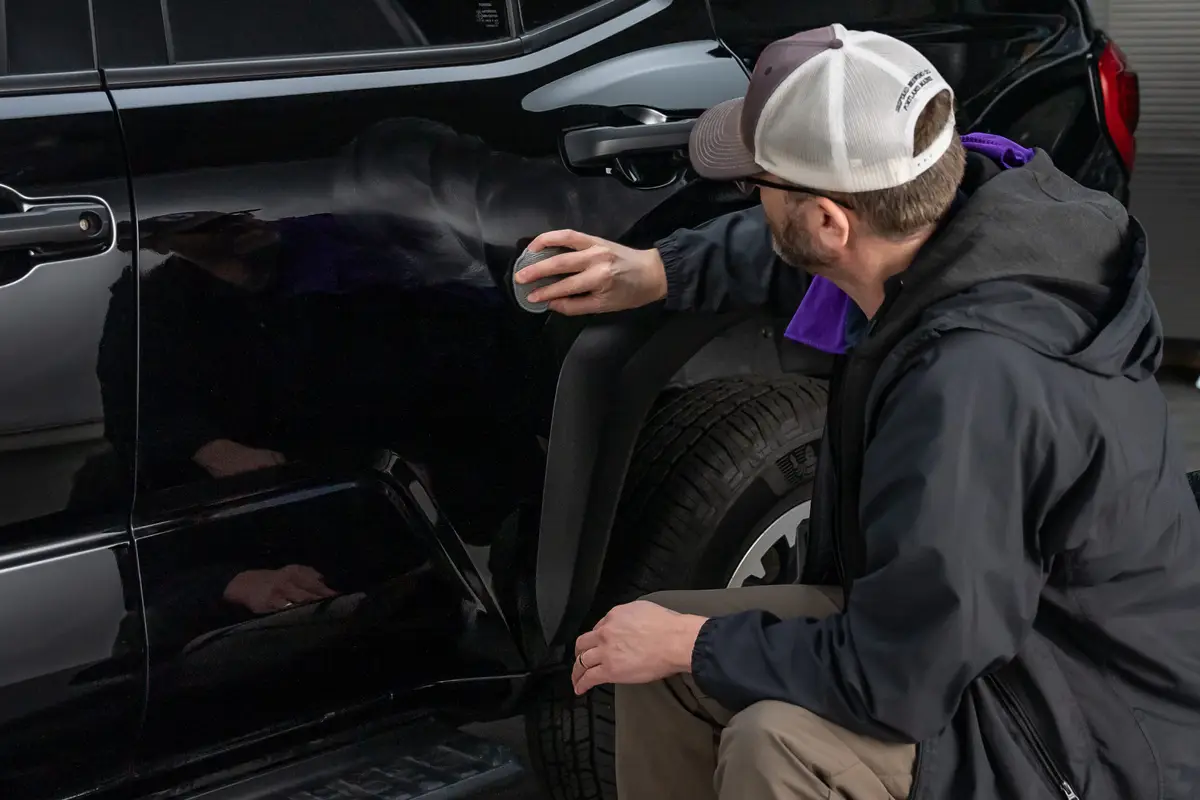
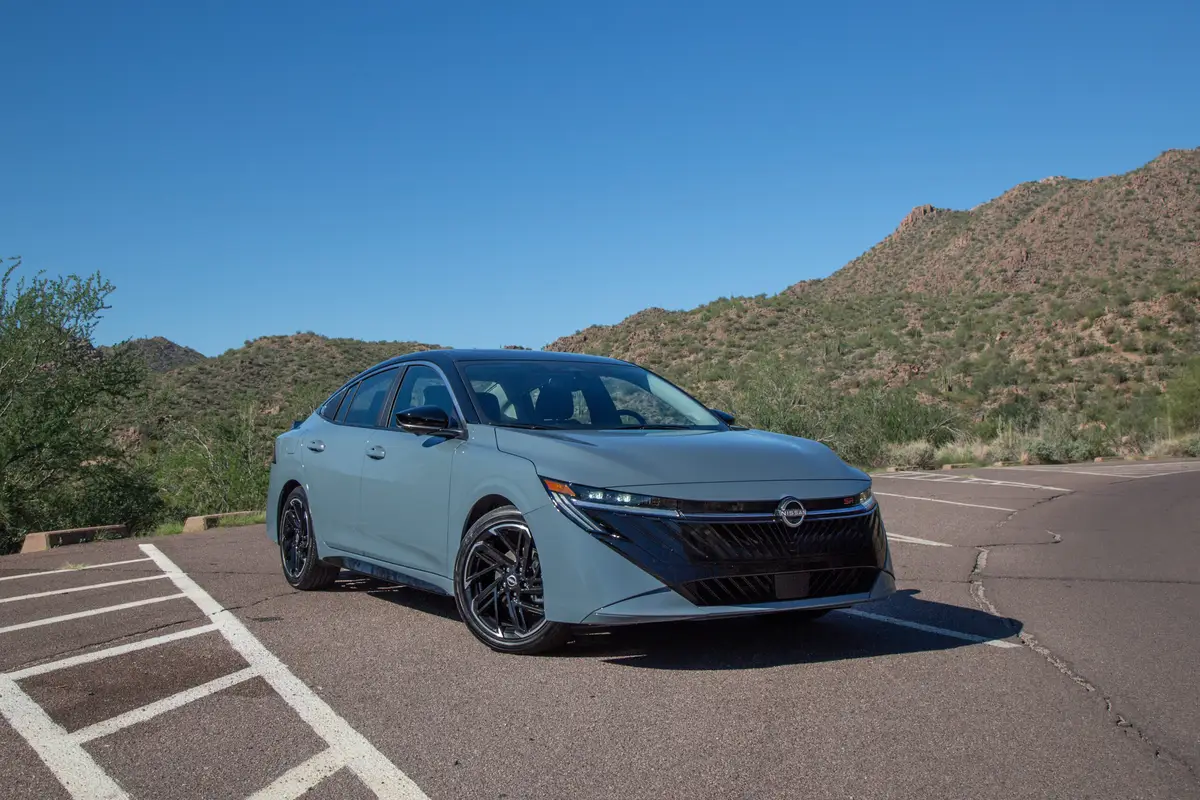
2026 Nissan Sentra Review: Long Live the Sedan










